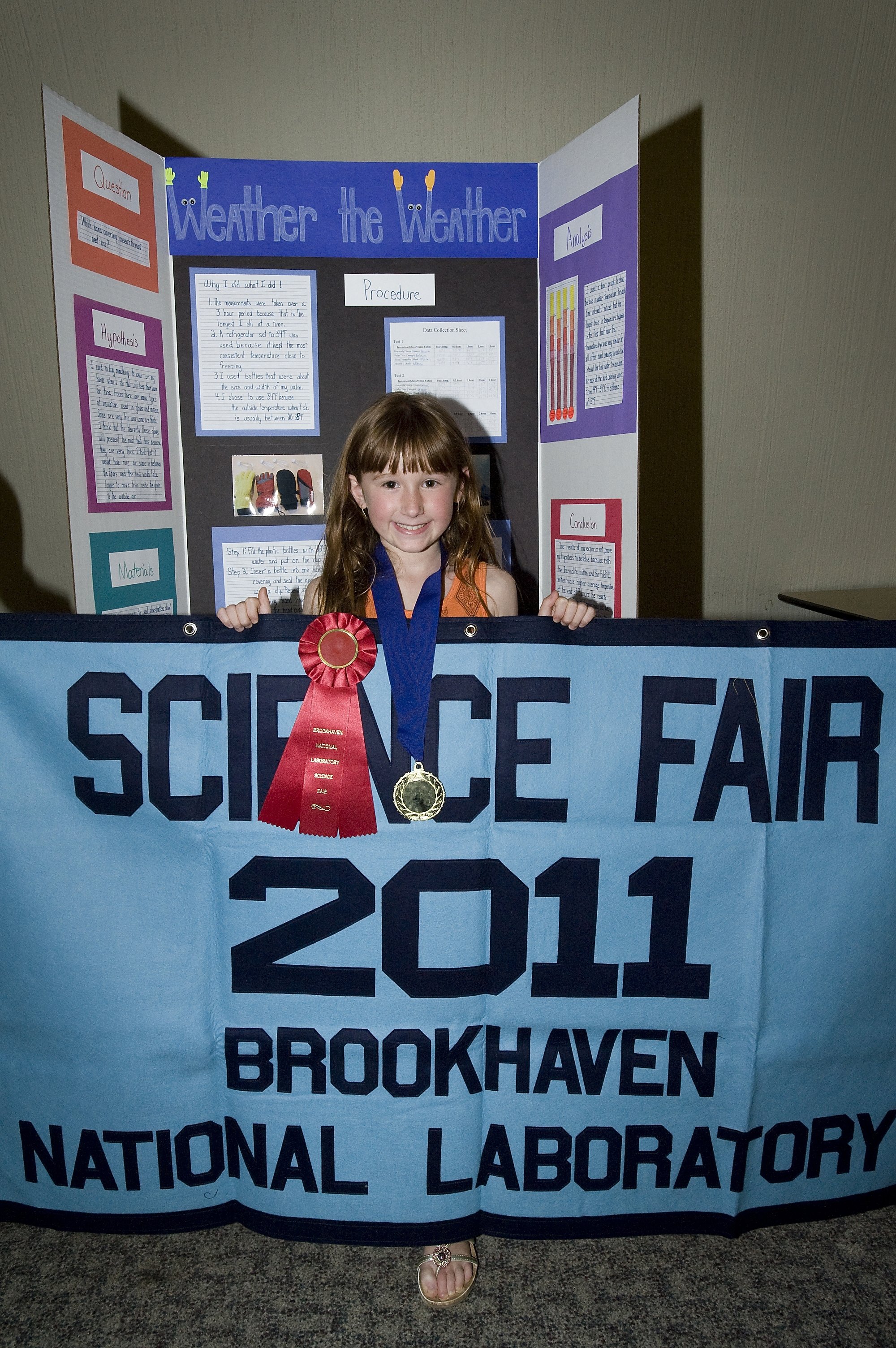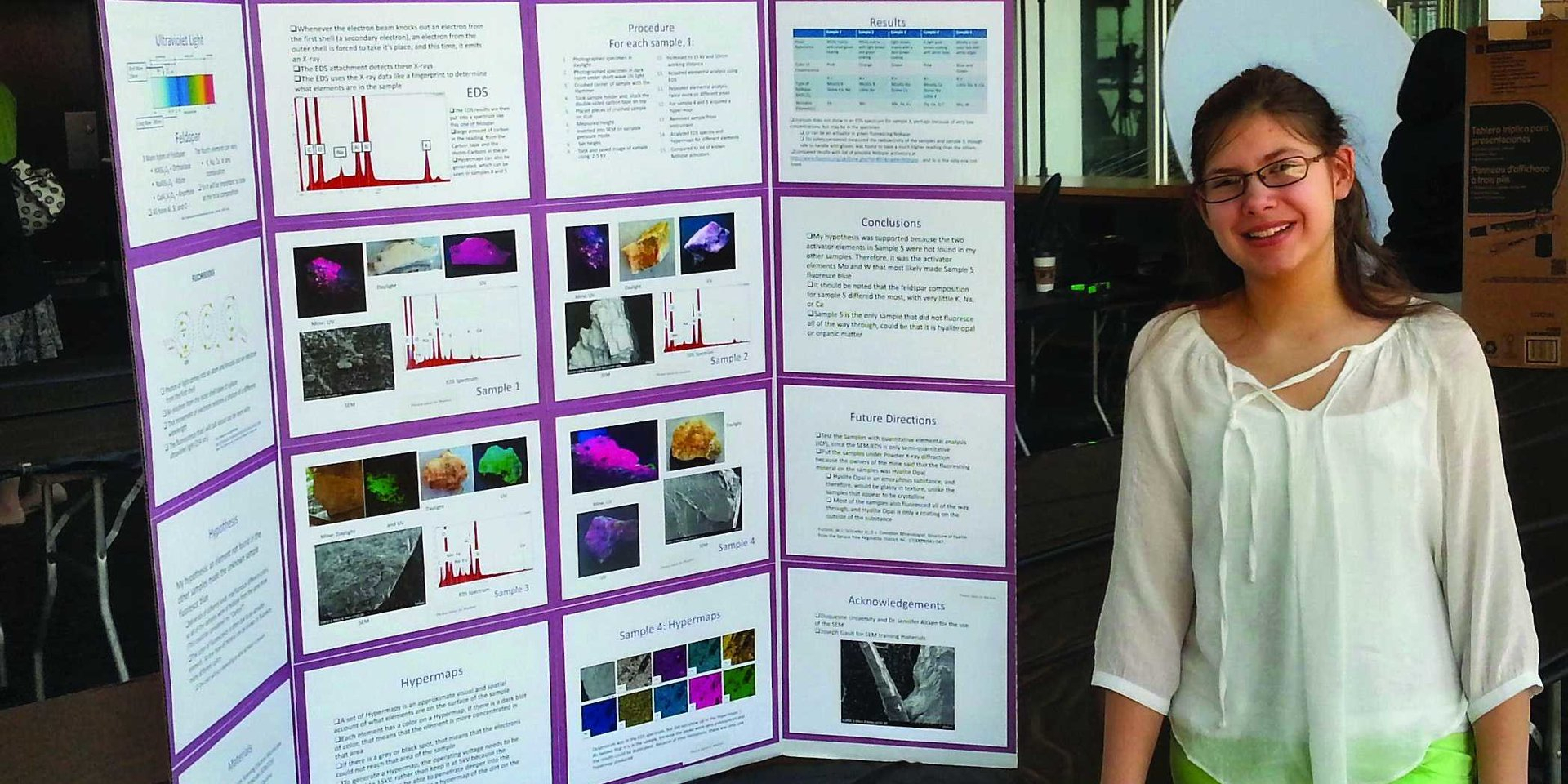Table of Content
Challenge kids to build a container from stuff they find around the house that will protect an egg from a long fall (this is especially fun to do from upper-story windows). As you see a winning science project should be a WOW, but the student’s approach to presenting it also is crucial for a win. We have come full circle here but it all comes back to preparedness. Make your very own brilliant pink crystals with this Crystal Tree Growing Kit! In just 4 easy steps, you’ll be watching crystals form and grow before your very eyes. The truth is, real homeschooling is nothing like what you have experienced.
The tools required for the construction include solder wire, soldering iron, printed circuit board, tweezers, and connecting wires. To begin with, assemble and connect all the components as per the circuit diagram. Use a jumper wire to connect pin number 4 of the LM555 IC to pin number 8. Similarly, connect the positive terminal of the 10 microfarad capacitor to pin 6 and 7 and the negative terminal to pin1 of the IC. The next step is to connect a 100 k ohm resistor between the positive pin of the capacitor and pin 8 of the IC. Make the connections of the transistor pins with the IC such that the emitter pin of the transistor is connected to pin 1 of the IC and the collector pin is connected to pin 2.
Easy Pepper and Water Project
Seal the top of the barrel with the help of a circular plastic cut out. Attach the two metal strips and the copper rods together with the help of nuts and bolts. Use another nut and bolt to fix the curved rectangle shape metal strip to the copper rod.
Place the glass bottle on a flat and rigid surface. Light one end of the paper and place it inside the glass container. Now, place the egg on the top of the glass bottle and wait. The egg would get sucked in despite the opening of the container being narrow.
Hands-on Science Kits
Homeschoolers are feeling overwhelmed and trapped by this pandemic as well. When families homeschool, in a traditional sense, it’s really more that every day has the possibility of being a field trip! And although it doesn’t compare, experienced homeschoolers are working hard to help provide advice for parents like you, while you're learning the ropes of learning at home.

Explore the power of the sun when you build your own solar ovens and use them to cook some yummy treats. This experiment takes a little more time and effort, but the results are always impressive. We love this one, which only requires basic supplies like drinking straws.
Electromagnetic Induction Model
Finally, connect the light-dependent resistor between the base pin of transistor-1 and the positive terminal of the battery clip. Complete the rest of the circuit as per the circuit diagram. Connect a resistor between the base pin of transistor-1 and the negative terminal of the battery.

Rock Your Science Fair Project – Getting to rock your science fair project is a super cool feeling for children. If your child is having a hard time deciding what to do, these science fair project ideas are sure to make an impact. To make a vortex, you require a circular dish, food colouring, and a pool filled with clear water. First of all, dip the dish into the water and push it in the forward direction. Remove the plate and observe the two rings formed on the surface of the water. Add a few drops of food colouring to one of the rings.
Study water filtration
Ivory Soap can be microwaved for an easy science project. This particular soap contains air bubbles that expand when the soap is heated, turning the soap into a foam right before your eyes. The composition of the soap is unchanged, so you can still use it just like bar soap. The type of lava lamp you would buy at the store actually involves some fairly complex chemistry. Fortunately, there is an easy version of this science project that uses non-toxic household ingredients to make a fun and rechargeable lava lamp.
These fifth grade science activities help kids explore biology, physics, chemistry, and a whole lot more. Try one at the science fair, or use a few to liven up your lesson plans. Are you looking for cool science experiments for kids at home or for class? We've compiled a list of 37 of the best science experiments for kids that cover areas of science ranging from outer space to dinosaurs to chemical reactions. There are a lot of easy science experiments you can do with density.
” Have students hypothesize, observe, and then report their findings. Get a printable observation sheet at the link below. Dive deep into the science of quicksand and learn about saturation and friction along the way. You’ll create a small “quicksand” pool from cornstarch and water, then experiment to find out the best ways to escape.

Properly stretch the strings and tie them together in a single knot. Carefully, hang the paper plates on each side of a cloth hanger. Hold the cloth hanger from the hook and begin weighing the objects. Most of them use around-the-home items that you probably have on hand, although some will require a little bit of shopping ahead of time. To help you decide which are best for your children’s needs, the 20 have been divided into projects for younger students and projects for older ones.
This 70s trend is back—as an easy science experiment! This activity combines acid/base reactions with density for a totally groovy result. Kids will be amazed as they watch the colored water move from glass to glass, and you’ll love the easy and inexpensive setup.
Use that to your advantage and show kids how soap fights glitter and germs.
The casein will not mix with the acid, so it forms the blobs you strained out. Kidadl provides inspiration to entertain and educate your children. We recognise that not all activities and ideas are appropriate and suitable for all children and families or in all circumstances. Our recommended activities are based on age but these are a guide.

Your backyard is a terrific place for easy science experiments! Grab a plastic bag and rubber band to learn how plants get rid of excess water they don’t need, a process known as transpiration. The materials required to make an air pump include a plastic container, a knife, a pair of scissors, a balloon, and tape. The first step is to make a small hole in the cap of the plastic container. Make sure that the hole is situated right in the middle of the lid.

No comments:
Post a Comment